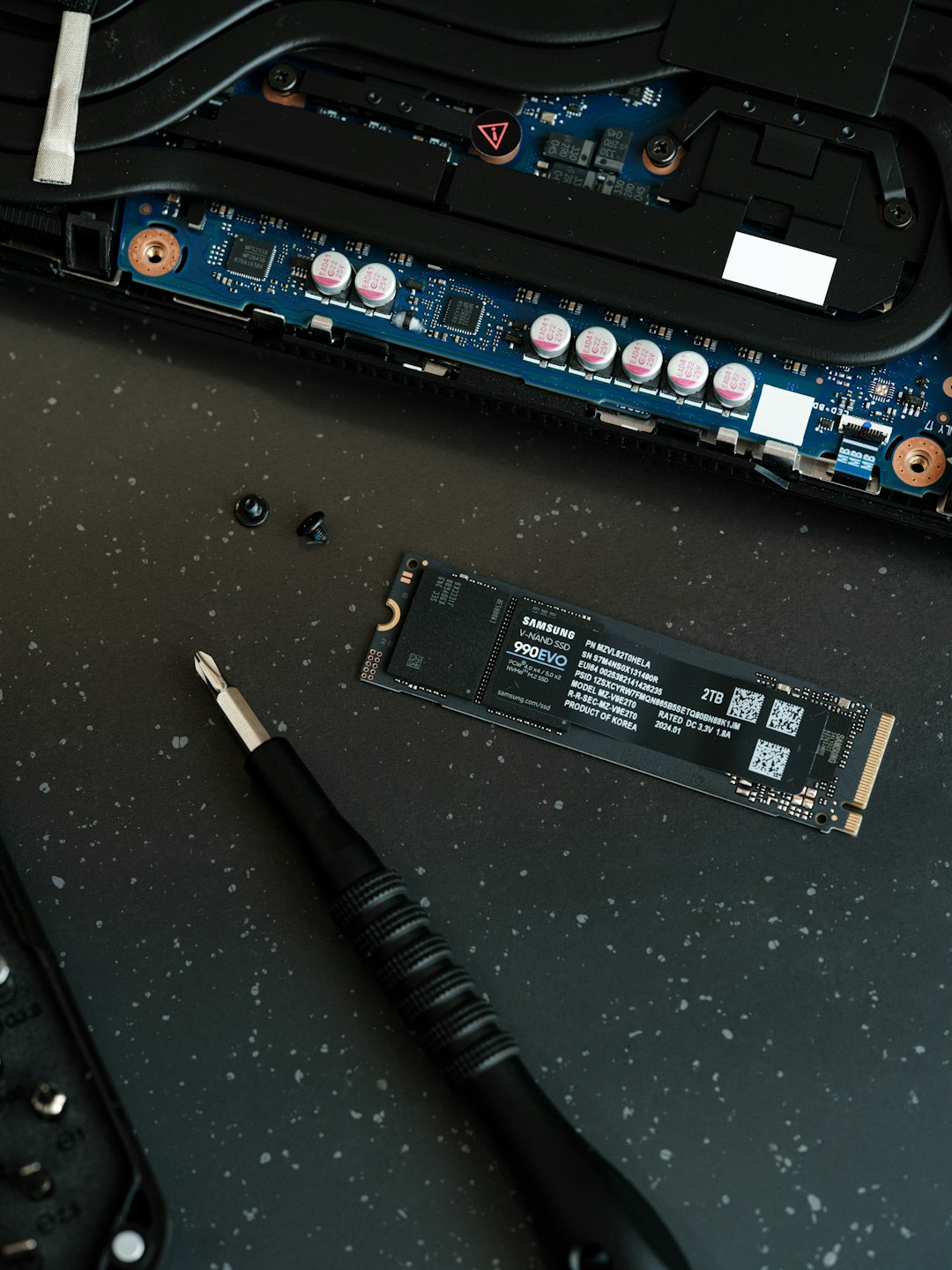Have you ever opened your MacBook one day and noticed the screen flicker or go black? That could be because of a tiny part inside—called the flex cable. It may be small, but it’s super important! This little ribbon-like cable connects your screen to the motherboard. When it fails, things can get annoying fast. Let’s break down what causes flex cable failure, how to prevent it, and what you can do if yours decides to take a vacation.
What Is a Flex Cable?
A flex cable is a thin, bendable strip that carries signals through your Mac’s screen hinge. Think of it like a tiny lifeline between the brain (your Mac’s motherboard) and eyes (the screen). If it frays, twists too much, or gets pinched—poof! You’ve got screen problems.
One very common issue is called “Flexgate.” It affects MacBook Pro models from 2016–2017. People started opening their laptops and noticing odd shadows or a totally black screen that only worked when the lid was halfway open.
Why Do Flex Cables Fail?
Flex cables don’t just wear out overnight. But over time, simple use can cause problems. Here are a few reasons why failures happen:
- Repeated Opening and Closing: Every time you open your laptop, that cable bends slightly. Do it enough, and it starts to wear out.
- Thin Design: Newer Macs are super slim. Cool for looks, but not great for cable space.
- Heat: High temperatures inside your Mac can make the cable brittle.
- Manufacturing Flaws: Sadly, in some models, the flex cable was just a bit too short.

Signs Your Flex Cable Might Be Failing
Some warnings will tell you it’s time to think about a repair. Keep an eye out for:
- Stage Light Effect: This shows as a bright glow at the bottom of your screen. It looks like stage lighting in a theater.
- Screen Flickering: Your screen might flash or shimmer randomly.
- Blank Screen When Opened Fully: If the screen works only when the lid is halfway closed, it’s probably the flex cable.
- Border Shadows: Weird dark shadows around the edges of your screen.
How to Prevent Flex Cable Issues
Good news! There are some things you can do to make that cable last longer:
1. Open Your Mac Gently
Don’t throw open the screen like a pizza box. Use two hands, open it smoothly, and don’t push it all the way back if you don’t have to.
2. Avoid Overheating
Heat isn’t your friend. Keep your Mac well-ventilated. Avoid using it on soft surfaces like beds or blankets. Clean your fan vents to help things stay cool.
3. Use It on a Stable Surface
If you’re always moving your Mac or using it on your lap, there’s more physical stress on the hinge area. Desk > couch.
4. Don’t Over-Tilt Your Screen
Try not to open your MacBook screen past its natural resting point. Some people like extreme angles—your cable does not.
Oops! The Flex Cable Failed. Now What?
If you’re unlucky and the cable fails, don’t panic. There are a few repair options available:
Option 1: Apple Repair
If your Mac is still under warranty or covered by AppleCare, this is your best bet. Apple has even offered free repairs under certain programs like the Flexgate repair program for eligible models.
Option 2: Third-Party Repair Shop
Not under warranty? A trusted, local repair shop might fix the issue at a lower cost than Apple. Just make sure they have experience with Mac displays.
Option 3: DIY Fix
Got tech skills? You can try ordering a longer replacement flex cable online and repairing it yourself. Be warned: this job is not for beginners. It involves taking apart the screen and requires special tools. One tiny slip could damage your display for good.

Estimated Costs
Prices can vary. Here’s a rough idea of what you could spend:
- Apple repair: Free if under a repair program. $300–$600 otherwise.
- Third-party: Usually $150–$400 depending on your model.
- DIY fix: Replacement parts may cost $30–$80. Add a toolkit if you don’t have one.
Keeping Track of Flexgate
Apple’s Flexgate issue got big in the tech world. In fact, lawsuits were filed, and Apple eventually admitted the problem existed, at least for some models. Here are the MacBook models that were mostly affected:
- MacBook Pro 13” (2016–2017)
- MacBook Pro 15” (2016–2017)
You can check if your Mac qualifies for free repair by visiting Apple’s support site and entering your serial number.
Future Macs: Fixed for Flex?
Thankfully, Apple extended the flex cable in newer models (2018 and beyond). If you’ve got one of these, you’re less likely to face Flexgate-style issues. Still, being gentle with that screen is always a good idea. Baby your Mac, and it’ll return the love.
The Takeaway
Flex cables are tiny but mighty. When they go bad, the results can be frustrating—but they don’t have to be permanent. Handle your Mac with care, be aware of the signs, and don’t be afraid to explore your repair options if needed.
So the next time your Mac screen dims or acts weird, you’ll know what to check first. Thanks, flex cable—you may be small, but you sure keep things running!
